Insights From the InspirED Fellowship
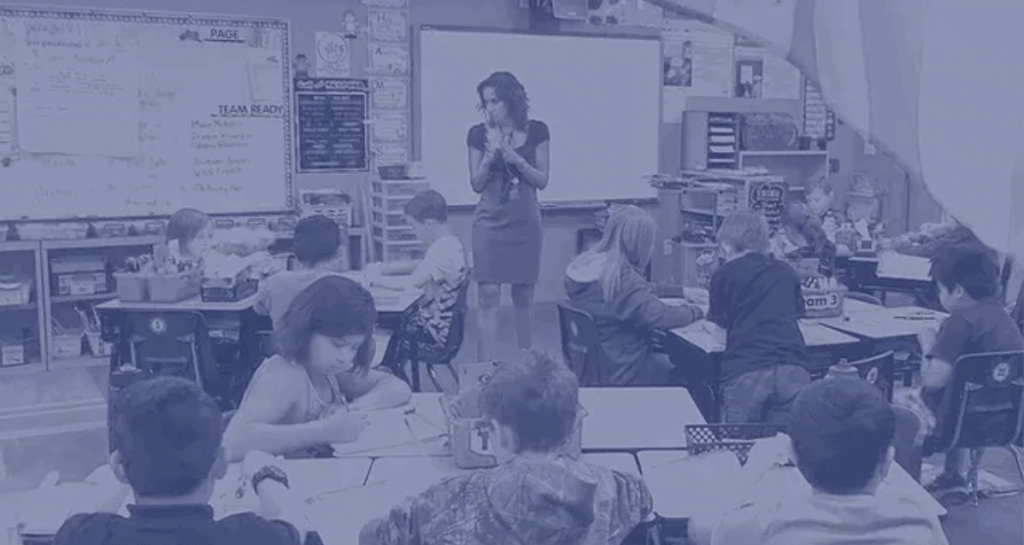
By: Jordana McCudden
Year after year, educators, politicians, and community stakeholders feel collective angst as Nevada’s national ranking shows a lethargic climb out of the bottom of our nation’s system. The intense focus on annual school report cards required by the Every Student Succeeds Act has yet to yield meaningful improvements for Nevada’s graduates. Schools, and by extension their districts, have their hands tied to several indicators of student success each academic year. Student achievement and growth on standardized tests, chronic absenteeism, and closing opportunity gaps are a few ways the education system attempts to quantify student success. Unfortunately, adherence to this system condones a lack of accountability (or perhaps a better indicator of success: encouragement) to promote students’ passions, cultivation of curiosity, or connection to the global community.
Being naturally curious, I am inspired by new ideas that challenge the comfort of the status quo. My inquisitive nature draws me to opportunities beyond typical conventions and two-hour trainings. This year it brought me to Singapore, virtually of course, because of the pandemic. Through an opportunity as a Nevada Succeeds InspirED Global Fellow, I delved into the workings of one of the top education systems in the world. Even without stepping onto an airplane, my learning shifted my view of what expectations might be for Nevada’s graduates.
As I engaged in design thinking, empathy interviews brought me the topic of student engagement. In distance learning, teachers struggle to modify their lessons to engage and inspire students in a virtual class. Many rely on performative gestures such as requiring cameras to be on as a way to measure student participation. My own son always has his camera on, but I can attest that he is far from “engaged.” My response was to develop a coaching tool centered on using engagement as the focus for a coaching cycle.
This endeavor jump-started my thinking: what truly is student engagement? What qualities should educators seek to quantify it? And more broadly, to what end do we strive to increase engagement in a student’s K-12 career?
At the same time, the reading on Singapore’s education system broadened my thinking along with two themes: teacher time and learner profiles. In Singapore, a realistic view of the teaching profession is embraced, namely that it is a craft cultivated over many years of on-the-job experience. A regular portion of teachers’ workday is, surprisingly, not with students. Their system recognizes that to best serve students’ needs, teachers need quality time to lesson plan, analyze student data, and collaborate with mentors and peers on best practices. This way, the time teachers spend with students is more effective, and dare I say, engaging. To best meet students’ needs, a graduate profile has been developed. It recognizes that the qualities of an engaged, productive, and prosperous citizen benefits the learner and the larger national community. So students are cared for from both ends – their day-to-day experiences as a student are cultivated by a team of experts who are continually improving their practice, and an endgame vision of model citizenship for their country.
I recall one of my first professional development sessions as an educator was on the “backward assessment model.” In short, begin with your final assessment and then plan units and lessons with that end in mind. As teachers, we are taught from the beginning this is what quality teaching looks like. Why then, have we not modeled our education system on this premise? What if, rather than pushing students forward to show growth on standardized tests and college-ready exams, we develop a qualitative model of skills and knowledge students should walk away with as they embark on their adulthood?
The idea of educators, community members, and policymakers collaborating on qualities of an informed, engaged Nevada citizen feels righteous. Let us set aside talk of test scores, textbooks, and technology, and instead imagine a state replete with inquisitive and creative collaborators, well-equipped to solve problems and contribute to the community. We can wait no longer. Our students, community, and state need this work to happen now.
For more, see:
- Kelly Munger and Megan Marcus on SEL for Teachers
- New Platform Connects Students to Service Learning, Creates Service Learning Transcript
Stay in-the-know with innovations in learning by signing up for the weekly Smart Update. This post includes mentions of a Getting Smart partner. For a full list of partners, affiliate organizations, and all other disclosures, please see our Partner page.



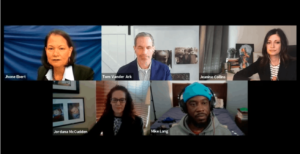
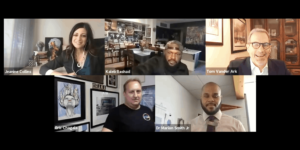
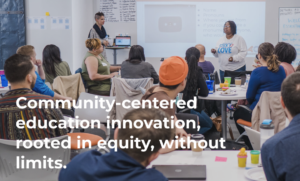
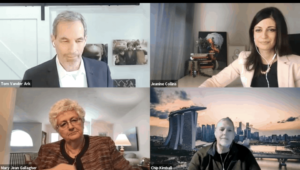
0 Comments
Leave a Comment
Your email address will not be published. All fields are required.